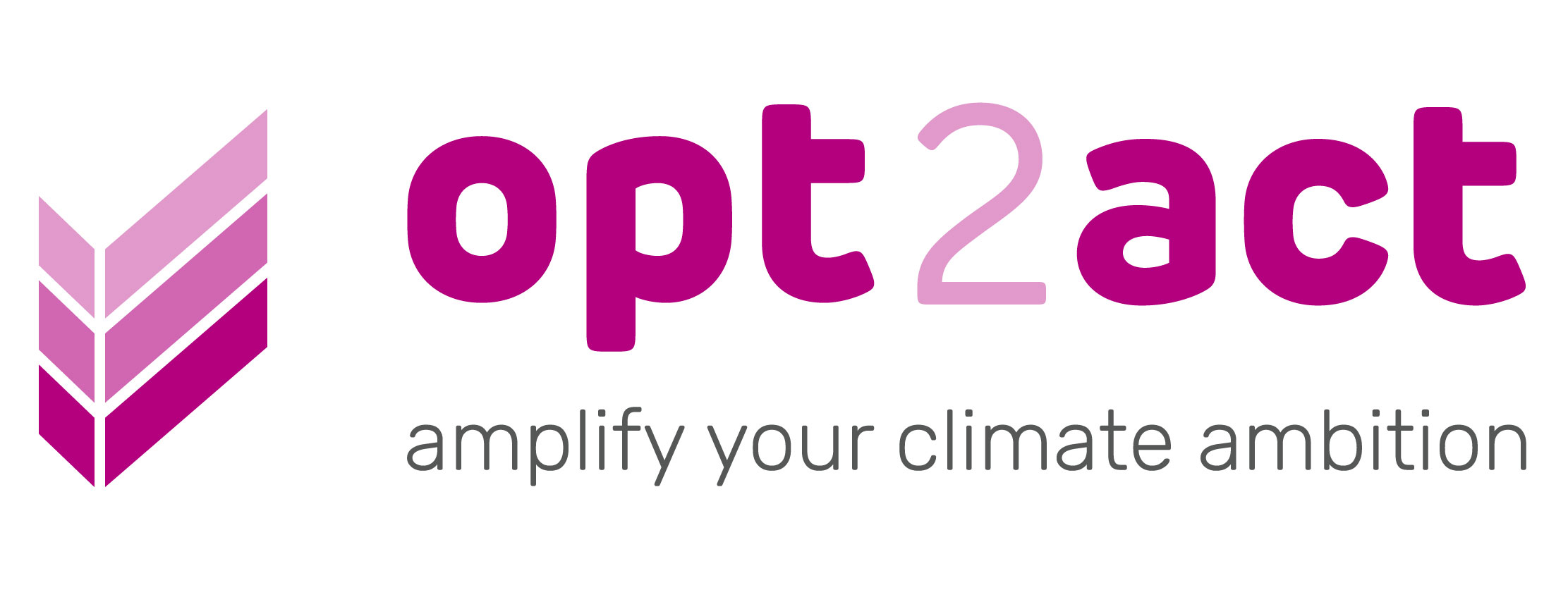
Siniat’s Opt2Act® program is a simple and cost-effective way to reduce the embodied emissions or upfront carbon of an overall build by up to 7%. Under the program, customers can opt-in for carbon neutral plasterboard and metal framing products. The opted-in products are supplied with a Climate Active carbon neutral certification.
“Siniat has been offering the opt-in carbon neutral program on a wide range of its plasterboard and metal framing products for some time, but this year we have given the program more prominence by giving it its own branding and web page,” explains Siniat’s National Architectural Manager Nazli Almasirad.
“Designers and contractors are increasingly looking at ways to reduce the upfront carbon of a build and Opt2Act offers a simple way to help them achieve that,” says Nazli.
Upfront carbon encompasses the emissions associated with the production, manufacturing, and transportation of materials used in the construction or manufacturing of a product or infrastructure. It represents the carbon footprint incurred before the occupants even walk through the door.
On the other hand, operational carbon refers to the ongoing emissions resulting from the energy consumption and operational activities associated with using a building over its life cycle. This includes heating, cooling, lighting, and other energy-consuming processes during the operational phase.
“We can see that the conversation is starting to shift from operational carbon to upfront carbon,” Nazli says. “Today, at least 25% of a typical building’s emissions occur during the upfront carbon stage which cannot be changed once the building is constructed as these emissions are already locked in.”
Nazli explains that there has been a lot of focus on the reduction of operational carbon, including the decarbonisation of the grid. As the operational carbon emissions keep decreasing, the percentage of upfront carbon emissions will increase, and designers and builders will have to focus their attention on reducing upfront carbon.
The reduction of upfront carbon has also become a very important factor for professionals chasing Green Star certifications. 5 and 6 star Green Star projects currently require 20% upfront carbon reduction, and from 2026, 4 star projects will require the same.
In general, most of the building’s upfront carbon is in the superstructure (suspended floors, structural walls, columns and beams), substructure (foundations, basement retaining walls and ground slabs) and envelope. Prioritising these elements during design and material choice yields the highest opportunity to reduce upfront carbon.
As a responsible manufacturer, Siniat reduces the Scope 1 and 2 emissions of their plasterboard and metal framing across their lifecycle. Strategies include on-site solar installations at the Matraville and Altona plasterboard factories, on-site recycling facilities, the use of recycled content in their metal framing, reducing packaging and reducing the intensity of electricity consumption.
To compensate for the leftover emissions, including the Scope 3 emissions that are beyond the manufacturer’s control, Siniat uses high quality offsets that are certified by Climate Active.
All specifiers need to do to make use of the Opt2Act program, is to specify Siniat Opt2Act materials at the design stage. Siniat products are then supplied to site via their network of customers, and Siniat works with their customers to determine the final quantities of the materials used. The emissions are then offset.
Opt2Act offers a low-cost option to reduce embodied carbon compared with other low-carbon building initiatives. By choosing Opt2Act products, a reduction of 6.91% upfront carbon in a typical commercial office fit-out can be achieved, with only a 0.016% increase to the overall cost (according to an independent benchmarking report by Slattery).
To find out more about Opt2Act, or to request a CPD presentation focusing on upfront carbon, send an email to [email protected] or click here,

